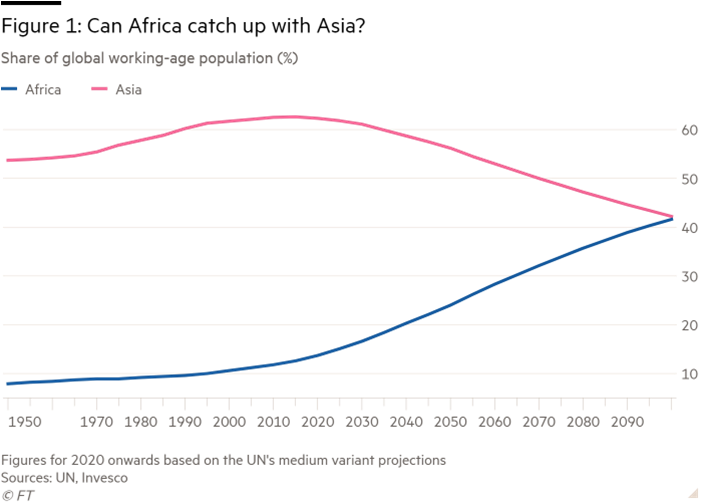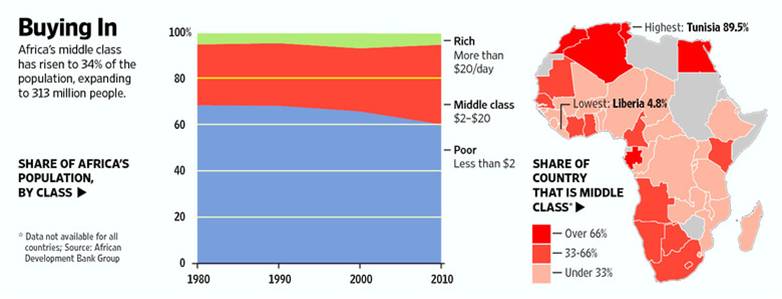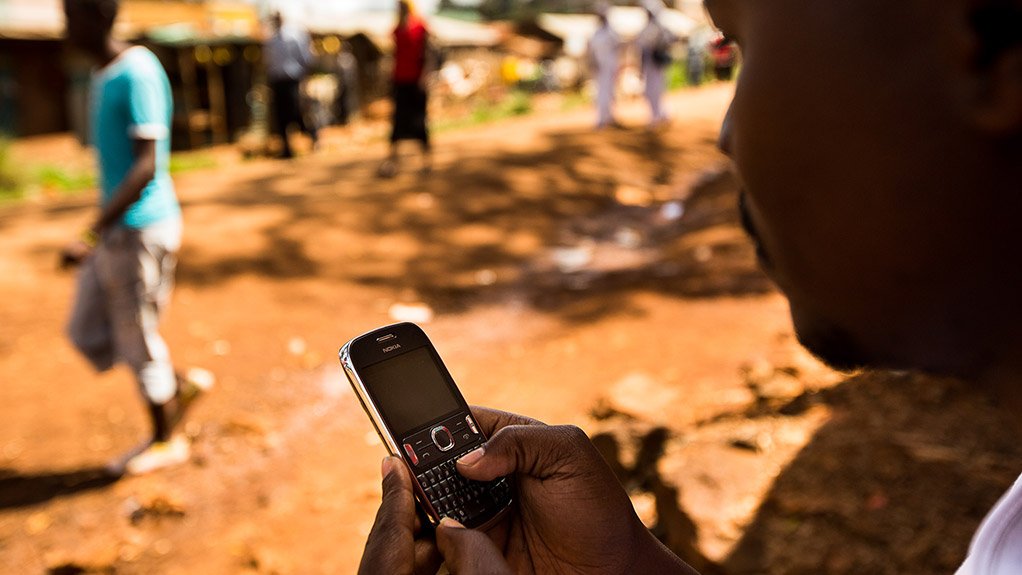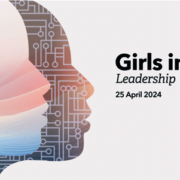By Eric M.K Osiakwan
On the 1st of October 2020, the Global System Mobile Association (GSMA) released their “Mobile Economy Sub-Saharan Africa” report which forecasted the mobile economy in Africa into 2025.[1] A positive outlook to start the month of October and the last quarter of 2020.


The highlight of this forecast is that by 2025, even with 1.05 billion SIM connections and 614 million unique mobile subscribers and smartphone adoption reaching 65% of the total population, only 39% of Africans would be experiencing their mobile web on those smartphones. This seems to suggest that even though there would be exponential smartphone growth over the period the cost of connectivity may be a showstopper. That’s not necessarily the case because there’s more happening than meets the eye.
The Mobile Network Operators (MNOs) are going to spend collectively about $52 billionBon infrastructure between now and 2025 and this would grow their revenues to $48 billionB by 2025 – generating about a million formal and three million informal jobs across the continent.
By 2024, the mobile industry would contribute $184 billion to the continent’s collective GDP bringing it to the 9 to 10% of total GDP In the first quarter of 2020, the Information Communication Technology (ICT) sector contributed 17.83% to the Nigerian economy[2] – suggesting that the GDP contribution may be higher by the larger ICT sector.
According to the report, COVID-19 has increased the demand for digital services and so there is an urgent need for government to create policies that enhance access to connectivity and
drive investment in more resilient digital infrastructure for the future. This is crucial
to reactivating the region’s economy postCovid-19 as digital technologies play an even more important role in society.
The UN projects that Africa’s population of 1.3 billion would quadruple over the next two decades reaching 4.3 billion by the end of the century. While Asia’s share of global working-age population would be declining, Africa’s would be ascending and eventually overtake Asia by 2100.


Of Africa’s exponentially growing population, 70% would be below 25 years old.Exactly the demographic that most embraces advanced mobile technologies and is using the mobile web platform to build solutions to the many problems they are faced with. Since the beginning of the 21st century, some of Africa’s youth have being building companies like Interswitch, Cellulant, MSF Africa, Hubtel, IrokoTV, Paga, Jumo, Farmerline, etc.
The most avid consumers of these mobile web solutions is the emerging middle class which according to the African Development Bank Group (“AfDB”) in 2011 was 313 million people accounting for 34% of the total population. This middle class spends on average $2.20 a day. The bank’s definition of middle class in Africa is people who spend the equivalent of $2 to $20 a day based on an assessment of the cost of living for Africa’s more than one billion people.


By 2060, the AfDB predicts that the number of middle-class Africans will grow to 1.1 billion and account for 42% of the predicted population. This means Africans living below the poverty line will be in the minority at33%.
Now, to address what’s really going on with mobile growth and the seeming cost prohibitiveness of taking advantage of the growth. Given that the middle-class would grow and increase their purchasing power, they would have more disposable income to afford the cost of connectivity and more people would be able to do that. Secondly, as indicated by the GSMA in their report the cost of connectivity would reduce over the period and hence more people would experience their mobile web on smartphones.
To conclude, by the end of 2100, Africa’s population would most likely surpass Asia with a middle class that would be more than 50% of the population. Smartphone penetration would be almost 100% and the cost of connectivity would be more affordable such that majority of the population would have great mobile web experiences consuming mostly African applications developed by the African youth.
[1]https://www.gsma.com/mobileeconomy/wp-content/uploads/2020/09/GSMA_MobileEconomy2020_SSA_Eng.pdf
[2]https://itedgenews.africa/2020/08/25/nigerias-pulsating-ict-sector-now-contributes-17-83-to-gdp-nbs/?fbclid=IwAR3RRr94K2mfXdPQ0VJzLxeMnWBJlyyC0vJD4sQl2iiUf9PE_9rRaIbFqqg































